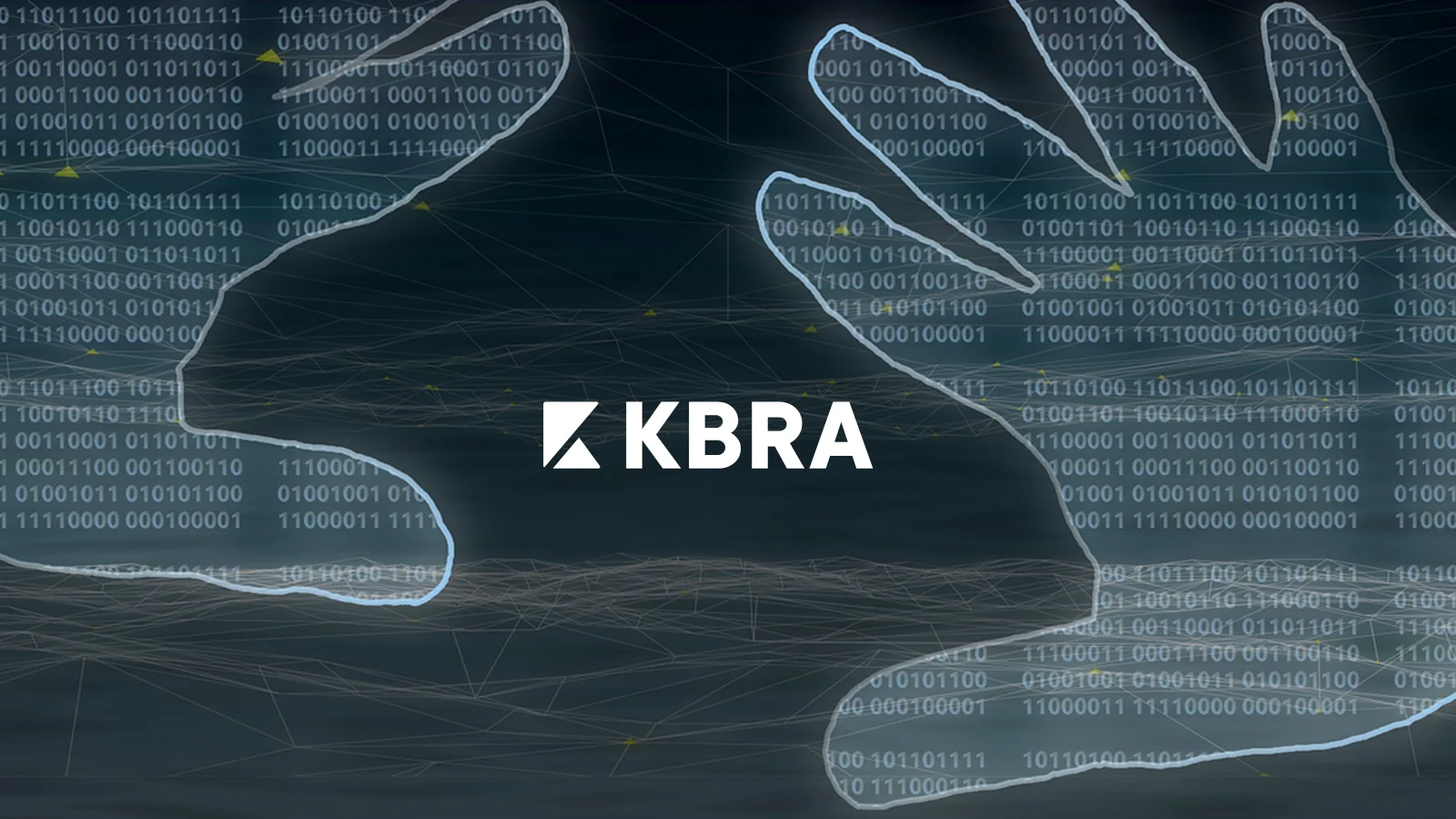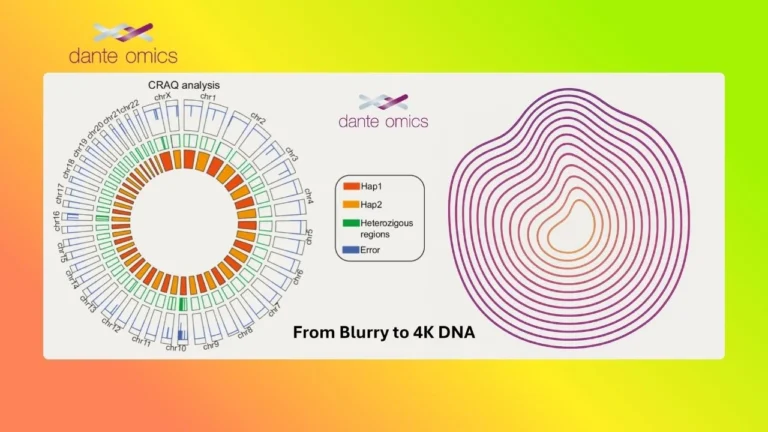KBRA Research: Comparing ABS and CMBS Structures for Data Center Financing
As cloud-based solutions and artificial intelligence (AI) continue to reshape the global landscape, data centers have emerged as a cornerstone of modern infrastructure. These facilities require substantial capital for construction, expansion, and operations, prompting data center owners to explore innovative financing options. In its latest research report, KBRA examines the differences between asset-backed securities (ABS) and commercial mortgage-backed securities (CMBS) structures in data center transactions. This analysis provides valuable insights into how these distinctions influence an issuer’s choice of financing structure and an investor’s allocation strategy.
The Rise of Data Centers as a Critical Asset Class
Data centers have become indispensable in supporting the growing demand for cloud computing, AI, and other high-performance technologies. According to KBRA’s October 2024 report, the data center industry is experiencing unprecedented growth, driven by the need for scalable, reliable infrastructure. However, the capital-intensive nature of data centers necessitates creative funding solutions. Structured finance markets, particularly ABS and CMBS, have played a pivotal role in enabling data center owners to secure the necessary funds.
Since 2018, issuers have utilized ABS structures to finance large-scale data center assets, with CMBS single-borrower structures entering the scene in 2021. Collectively, these transactions have accounted for $48.69 billion in issuance across 88 deals in the U.S. as of May 2025. ABS has dominated this space, representing 70.8% of total issuance (75 deals averaging $459.7 million per transaction), while CMBS accounts for the remaining 29.2% (13 deals averaging $1.09 billion per transaction). Interestingly, year-to-date (YTD) issuance in 2025 has been evenly split between ABS and CMBS, reflecting evolving market dynamics.
The trend is not limited to the U.S. European markets are also embracing structured finance for data centers. In 2024, a securitization backed by UK collateral utilized an ABS structure, followed by a German-backed ABS transaction in 2025. These deals highlight the growing adoption of ABS models globally, particularly for stabilized, cash-flowing assets with minimal construction or lease-up risk.
Key Differences Between ABS and CMBS Structures
When deciding between ABS and CMBS structures, property owners and sponsors must weigh several factors, including financial flexibility, pricing, availability of capital, and ownership considerations. Below, we explore the primary distinctions between these two financing options:
1. Collateral and Ownership Structure
ABS transactions typically involve the securitization of revenue streams from long-term leases with creditworthy tenants, such as hyperscale cloud providers. This structure allows issuers to leverage predictable cash flows, making it ideal for stabilized assets. In contrast, CMBS deals are secured by real estate collateral, focusing on the underlying property value rather than tenant-specific revenues.
2. Financial and Operational Flexibility
ABS structures often provide greater operational flexibility, as they are less restrictive regarding prepayment penalties and modifications to tenant agreements. CMBS, on the other hand, tends to impose stricter covenants tied to the property itself, which can limit operational adjustments post-issuance.
3. Pricing and Capital Availability
ABS deals generally offer more competitive pricing due to their focus on high-quality tenant contracts and stable cash flows. However, CMBS may appeal to issuers seeking larger deal sizes, as evidenced by the higher average deal balance ($1.09 billion vs. $459.7 million).
4. Risk Considerations
Both ABS and CMBS transactions are typically backed by built and stabilized assets, minimizing construction and lease-up risks. However, project finance structures—used for assets under construction—are gaining traction as developers seek funding for new builds. This underscores the importance of aligning the financing structure with the asset’s lifecycle stage.
Insights for Issuers and Investors
Understanding the nuances of ABS and CMBS structures is critical for both issuers and investors navigating the data center financing landscape. For issuers, the choice between ABS and CMBS depends on their specific needs, such as flexibility, deal size, and tenant profile. For example, operators with long-term contracts from investment-grade tenants may prefer ABS, while those prioritizing property valuation might lean toward CMBS.
For investors, the structural differences between ABS and CMBS influence risk-return profiles and allocation decisions. ABS transactions often appeal to those seeking stable, predictable returns backed by strong tenant relationships. Conversely, CMBS deals may attract real estate-focused investors drawn to property-centric collateral.
A Growing Market with Global Potential
The emergence of European ABS transactions in 2024 and 2025 signals the globalization of data center securitization. With increasing demand for digital infrastructure worldwide, structured finance markets are poised to play an even more significant role in funding data center growth. As issuers and investors adapt to evolving market conditions, understanding the distinctions between ABS and CMBS will remain essential for optimizing financing strategies.
Why This Research Matters
KBRA’s report provides a comprehensive overview of ABS and CMBS structures in data center financing, offering actionable insights for stakeholders across the industry. By analyzing the key differences between these structures, the report sheds light on the factors driving issuer preferences and investor allocations. While ABS currently dominates the U.S. market, the growing popularity of CMBS and the emergence of European transactions suggest a dynamic and expanding landscape.
For those interested in exploring this topic further, KBRA’s research serves as a valuable resource for understanding the intricacies of data center financing. Whether you’re an issuer evaluating funding options or an investor assessing risk-adjusted returns, this report equips you with the knowledge needed to make informed decisions in an increasingly complex market.






